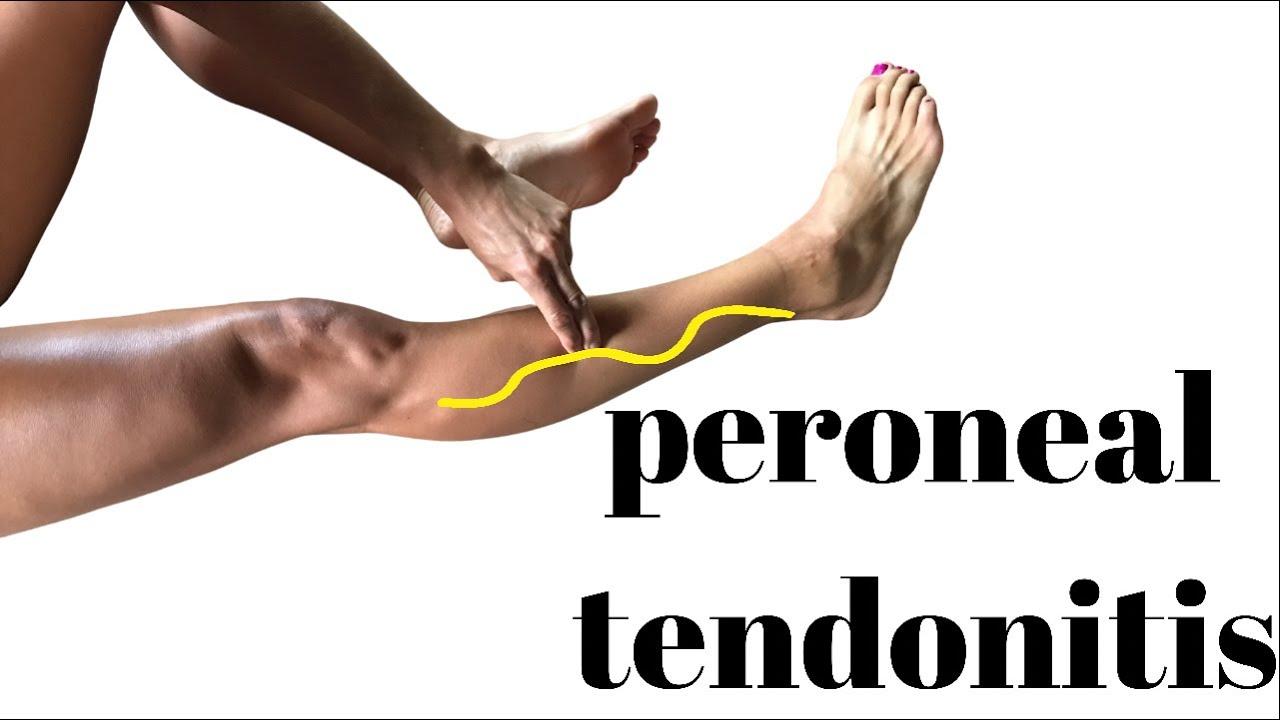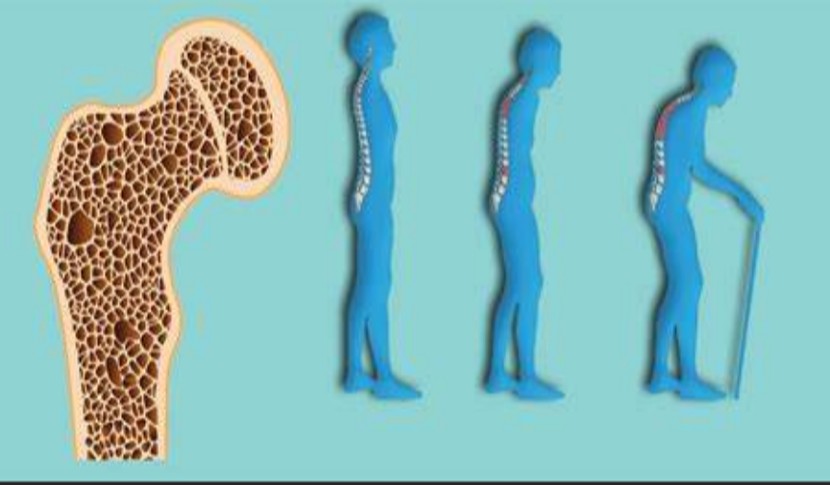Peroneal tendonitis is inflammation and pain in the tendons in the foot and ankle. When you have medical recognition from a doctor, specialist or physio Subiaco, the next step is to come up with a treatment plan. It will help with those symptoms but also address the cause while promoting healing. There are a few options for treatment, some are non-surgical and some are surgical. Let’s explore some of the main ones so patients are more informed when talking to the experts.
Options when looking at non-surgical treatment for Peroneal Tendonitis
Typically, the first treatment approach for this condition includes non-surgical options. The point is to ease the pain, lower the swelling and help with healing. It is also important to prevent further future issues that might become more complicated to treat. Common non-surgical treatments include;
- RICE – Rest the foot, use Ice on the swelling, apply Compression and Elevate it. This means avoiding physical activity that aggravates it, using ice to reduce swelling and help with the pain, putting on an elastic bandage or brace and raising the for above the heart. A physio Mount Hawthorn can help.
- Medications – Usually NSAIDs are used like Ibuprofen to lessen the swelling and help with the pain. Sometimes your doctor might recommend steroid shots to use anti-inflammatory treatment that is more targeted.
- Physical therapy – Seeing a physio Subiaco or where you are is another option to help learn exercise that will not strain the ankle and foot while building back up its strength and flexibility. This can also help with promoting healing in the tendons affected. These professionals can also advise on what you can do to avoid further issues, what changes you can make to your training or exercise and what to change with your footwear.
- Additional options – Orthotics to help correct foot abnormalities, bracing to give support and reducing training to lessen the stress the tendons are experiencing.
Surgical treatment for certain patients with Peroneal Tendonitis
If non-surgical treatments are not working or not appropriate for a patient’s needs because it is a severe issue, then it is possible surgery will be required. The results need to repair any damage the tendons have received, to look at what the underlying cause or issues are and then decide which surgery is the most appropriate. Examples include tendon repair where a torn tendon gets stitched together and tendon release which is when they cut into the tendon to relieve tension and then give it time to heal.
Things that will factor into the decision will be the patient’s general health, what goals they have and their personal preference as well as how severe the condition is. Whatever surgical approach the doctor and patient decide upon there will then need to be a recovery period after the surgery which will take patience and time. A physio Mount Hawthorn will be involved in this recovery and healing process. Be sure to follow all the instructions you are given to ensure it is a lasting recovery.




